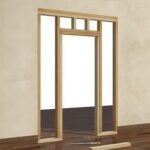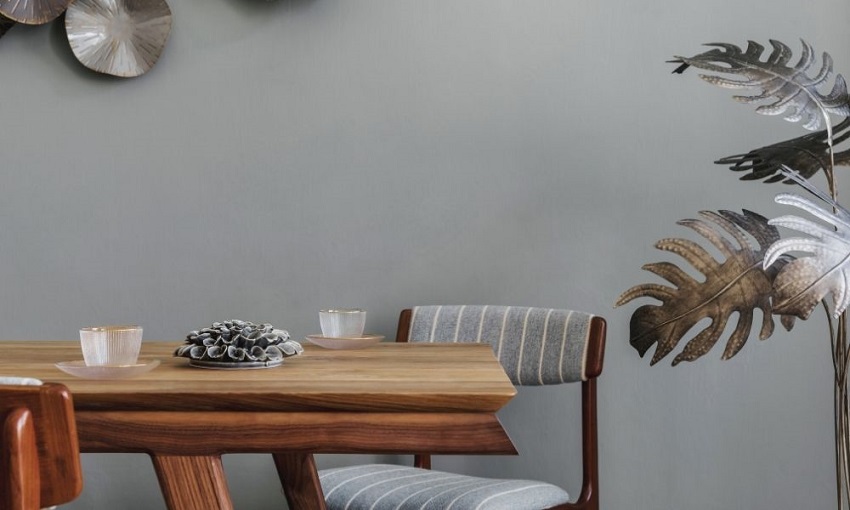Wood furniture adds warmth, elegance, and a touch of nature to our homes. Whether you have inherited a precious antique or invested in a modern piece, it is essential to know how to protect and maintain your wood furniture to ensure its longevity and beauty. In this article, we will discuss various strategies and techniques that will help you protect your wood furniture effectively. The article is presented by https://www.hayzedmagazine.com/
Choose the Right Placement
The placement of your wood furniture is crucial in maintaining its condition. Avoid exposing it to direct sunlight, as the UV rays can fade and damage the wood over time. Additionally, keep furniture away from heat sources such as radiators, fireplaces, or heating vents, as extreme temperature fluctuations can cause the wood to expand and contract, leading to cracks and warping.
Use Coasters and Trivets
To discover how to take care of wooden furniture, always use coasters and trivets to protect the wood surface from moisture rings, heat damage, and scratches. Place coasters under glasses and mugs to prevent condensation from seeping into the wood. Similarly, use trivets or heat-resistant pads under hot dishes, pans, or plates to shield the wood from heat marks. These simple steps will help keep your wooden furniture looking beautiful for years to come.
Regular Dusting and Cleaning
Dust and dirt can gradually accumulate on wood furniture, dulling its shine and causing scratches. To prevent this, dust your furniture regularly using a soft, lint-free cloth or a microfiber duster. Avoid using feather dusters as they can scratch the surface. For deeper cleaning, use a mild wood cleaner recommended by the furniture manufacturer, following the instructions carefully.
Polish and Protect
Polishing your wood furniture can help restore its natural luster and create a protective barrier against moisture and stains. Choose a high-quality furniture polish or wax that is suitable for the type of wood you have. Apply the polish in a thin, even layer using a soft cloth, following the grain of the wood. Polish your furniture once every few months or as needed.
Maintain Proper Humidity Levels
Wood furniture is sensitive to changes in humidity, as excessive dryness or moisture can cause the wood to warp, crack, or split. Maintain a consistent humidity level in your home, ideally between 40% and 45%, using a humidifier or dehumidifier if necessary. Avoid placing wood furniture in areas with high humidity, such as basements or bathrooms.
Handle With Care
When moving or rearranging your wood furniture, it is crucial to handle it with care to prevent accidents and damage. Lift the furniture instead of dragging it to avoid scratches or stress on the joints. If necessary, enlist the help of others to ensure safe and secure transportation.
Avoid Sharp Objects and Harsh Chemicals
To protect your wood furniture from scratches and damage, avoid placing sharp objects directly on the surface. Always use a protective pad or a tablecloth underneath. Furthermore, refrain from using harsh chemical cleaners or abrasive materials that can strip the finish or damage the wood. Stick to mild, wood-safe cleaning solutions.
Regular Inspection and Maintenance
Periodically inspect your wood furniture for any signs of wear, loose joints, or other issues. Attend to any repairs promptly to prevent further damage. Tighten loose screws or bolts, fix wobbly legs, and address any other maintenance needs. A proactive approach will ensure the longevity of your furniture.
Conclusion
Protecting wood furniture is essential to maintain its beauty and extend its lifespan. By following the tips mentioned in this article, such as proper placement, regular dusting, using coasters, and maintaining humidity levels, you can safeguard your furniture from damage and enjoy its elegance for generations to come.
FAQs (Frequently Asked Questions)
- Can I use any furniture polish on wood furniture?
It is recommended to use a furniture polish specifically designed for wood furniture. Different types of wood may require different products, so always check the manufacturer’s recommendations.
- How often should I polish my wood furniture?
The frequency of polishing depends on various factors such as the type of wood, the amount of use, and the environmental conditions. As a general guideline, polishing every few months or as needed should be sufficient.
- Is it necessary to use a coaster for every glass or mug?
While using a coaster for every glass or mug is ideal, it may not always be practical. However, using coasters most of the time will help protect the wood surface from moisture rings.
- Can I repair scratches on wood furniture myself?
Minor scratches can often be repaired using DIY methods such as applying a wood filler or using a touch-up pen that matches the furniture’s color. For deep or extensive damage, it is best to consult a professional.
- What should I do if my wood furniture gets wet?
If your wood furniture gets wet, immediately wipe off the moisture with a soft cloth. Then, allow the furniture to air dry completely. Avoid placing hot objects on the wet surface, as it may cause further damage.











